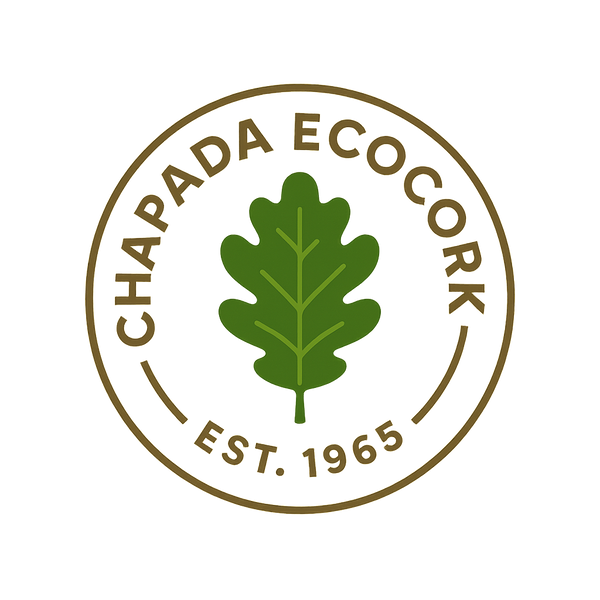About Cork
Material of vegetable origin from the bark (súber) of cork oaks (Quercus suber), light and with great insulating power. It has these characteristics thanks to its composition rich in suberin, a lipid (fatty) substance that accumulates in the cell wall. The presence of this substance, in a first phase, prevents the entry of pathogenic agents and any toxic substance into the cell and, in a later phase, the passage of nutrients into the cell, causing its death.

The first extraction of cork normally occurs when the tree is between 25 and 30 years old, with extraction taking place between June and August. This cork, sometimes with a considerable thickness, is called virgin and differs substantially from reproduction cork extracted in the following periods: it is called secundeira in the second extraction and by amadia in subsequent extractions or extractions. Amadia cork is the best quality, which is why it is the most valued and the only one that can be used to manufacture stoppers. From this stage onwards, cork is harvested every nine years.

Harvesting cork it’s an ancient method that can only be done by experts. This process not only doesn’t harm the tree, it’s good for them. Stripping a cork oak of its bark also enhances the ability to absorb carbon dioxide; the seven million acres of cork forest around the Mediterranean offset 20 million tons of CO2 each year.
